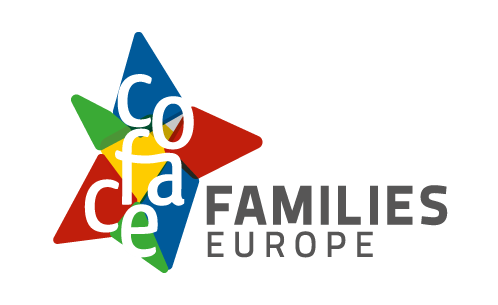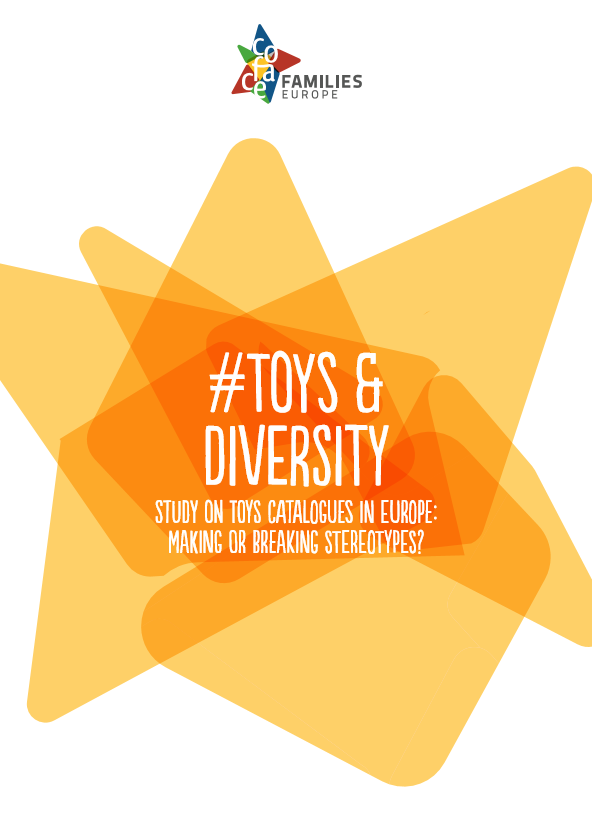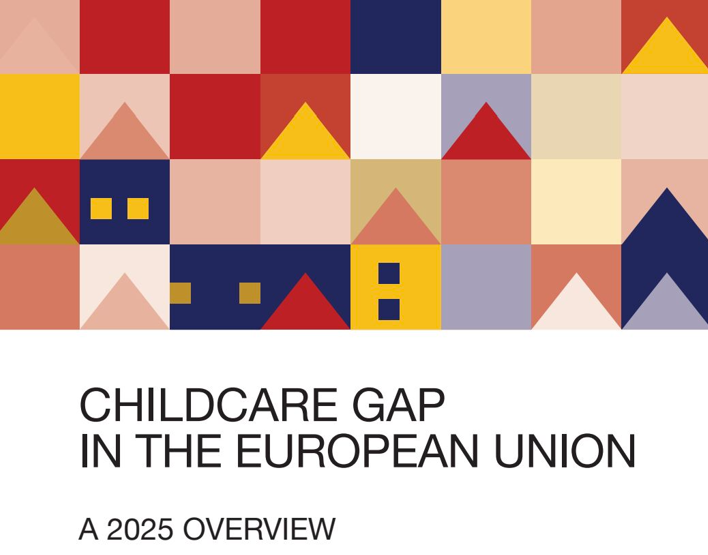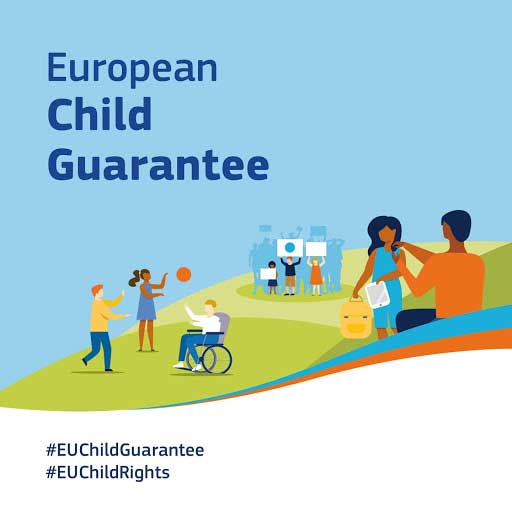Early years are key in the social and cognitive development of every child and the impact that play and toys have on child development contribute to shape the child’s behaviour, interests and choices that he/she will make in later life. Therefore, to raise awareness and analyse the situation of representation of children in the media, we chose as a starting point toy catalogues. Here are the results of our study on toys catalogues.
We analysed images of 3.125 children across 32 catalogues in 9 countries: Belgium, Bulgaria, Croatia, Denmark, Germany, Italy, Spain, Sweden and the United Kingdom.
Key findings of the study include:
- 12 catalogues, (37.5%) more than an third, had specific sections of toys “for boys” and “for girls” versus 20 catalogues (62.5%) having no specific sections. Most of those that are not formally divided into genders have, however, sections that are clearly marked by colours (pink and pastel colours for girls, darker and bolder colours for boys).
- In 5 sections, boys were at least two thirds of the total children, respectively: videogames (67%), construction (69%), drones (72%), cars and transportations (74%), war and guns (88%). Girls were over the two thirds of total children only in two sections: care activities (87%) and beauty and grooming (94,5%).
On the sections on role-play and costumes, in catalogues that were divided into “toys for boys” and “toys for girls”: boys sections were filled with superheros, characters from TV shows and cartoons, but also professions that ranged from doctor to firefighter, policeman, mechanics… Girls sections had a number of characters from TV shows and cartoons, a few professions and a very high prevalence of princesses Out of 3125, 2908 were white children, 120 black, 59 of mixed race, 31 Asian, 7 middle-eastern. There was no child with disabilities.
Toys and Diversity: Six key Principles
On the basis of the study, COFACE Families Europe developed six key principles with a view to raising awareness of our key concerns in relation to toy marketing and advertising. The headline principles are the following (see details here):
- Let children decide what they want to play with: No more division into boys and girls sections
- Do not channel children into stereotyped professions and life patterns: Let them play to be whomever they want to be
- Join your voice to end gender-based violence and bullying: promote non-violent images and behaviours
- Represent families in their diversity
- Children with disabilities play too: stop their invisibility and include them in the toy world
- Children with a diverse racial background: let’s move to a fair representation





